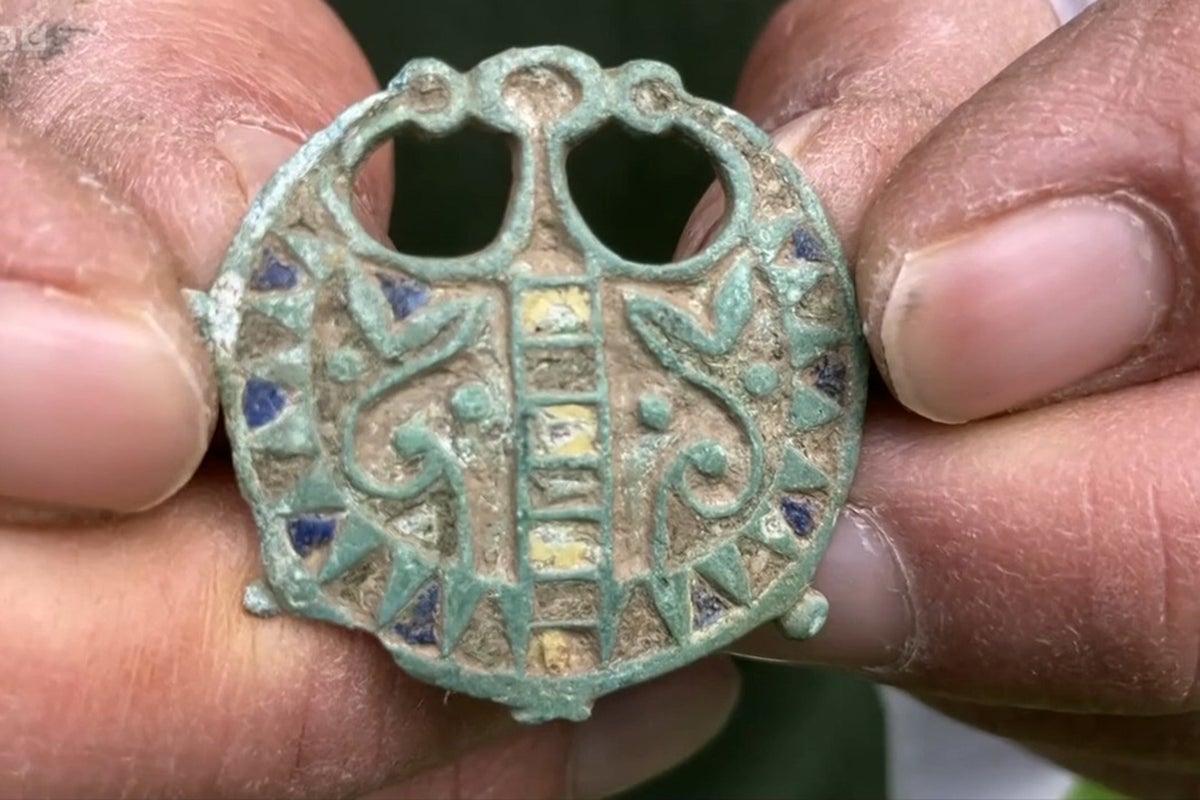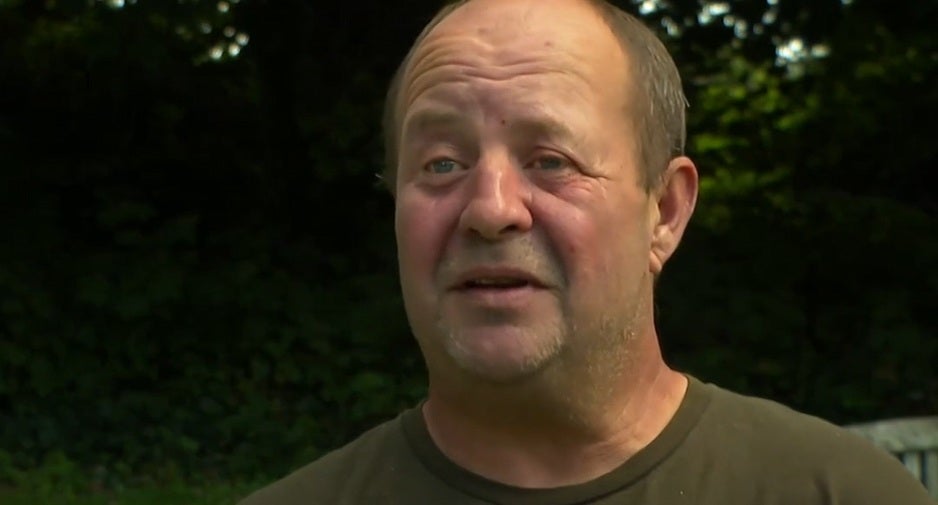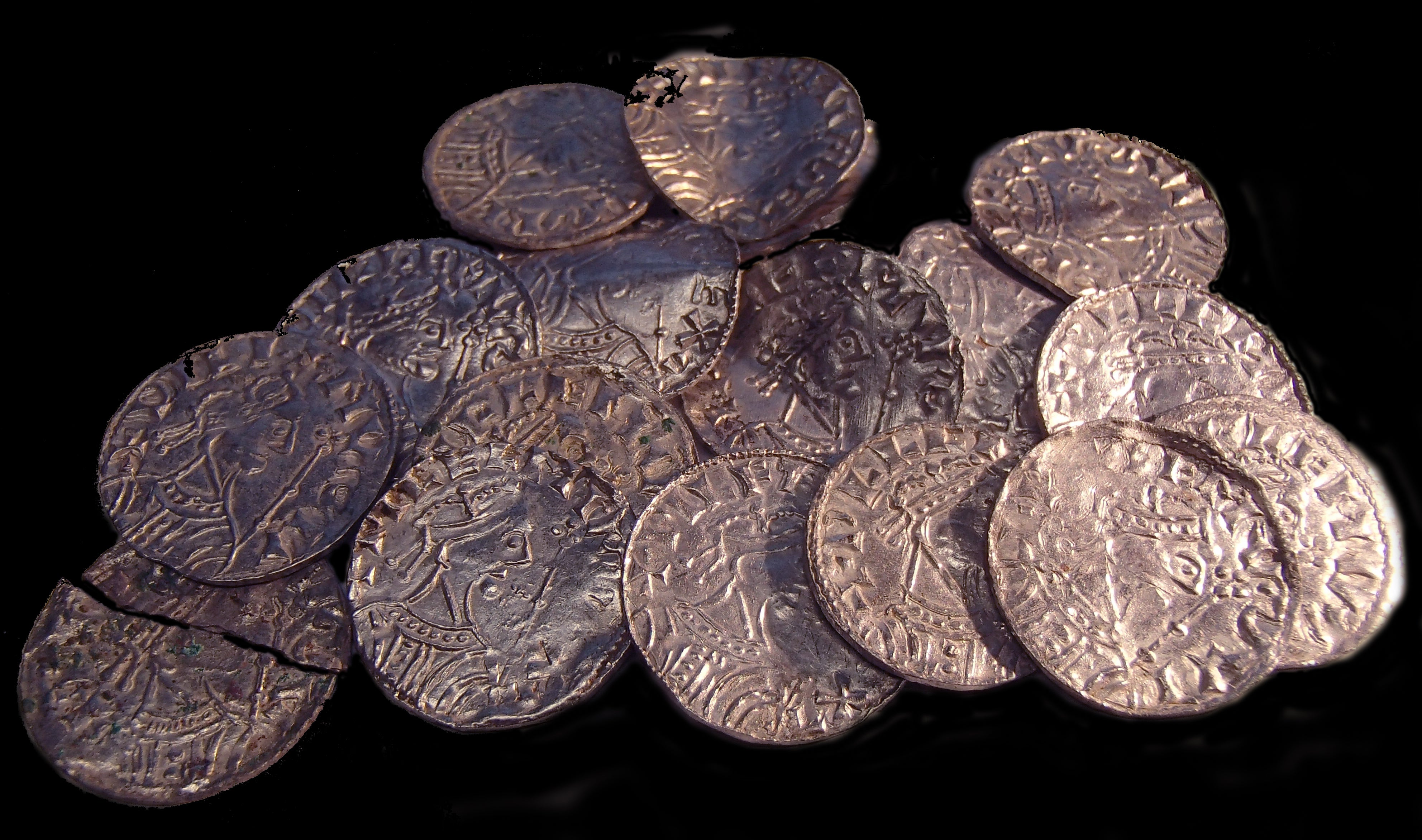
A metal detectorist unearthed a rare 2,000-year-old brooch - and first mistook the Roman artefact for a children’s toy.
Martin Williams discovered the decorative bronze item just 15 minutes into searching a recently ploughed field near his home in Dorchester.
After finding children’s model cars from the 1960s and 70s nearby, he initially suspected the brooch was nothing more than another toy.
“When I first spotted it in the ground I saw the back of it had a latch, and so I thought it was some sort of badge a child may have worn,” the 54-year-old told The Independent.
“I then chucked it in a big bag I carry for lead, and it was only when I got back and cleaned it properly that I saw the bronze material.
“I thought ‘thank God’, as I could’ve easily broken it.”
After the find, Mr Williams invited a local finds liaison officer, who described it as an “interesting item for Dorset” that is not a common type of brooch nationally.
Dated between 1,800 and 2,000 years old, it is likely to have been worn during the Roman rule of Britain, which lasted until around 410AD.

Mr Williams said: “There isn’t any Roman road through the field but I believe there is an abandoned church, which could mean this belonged to someone going to or from church.”
The exact location of the find, however, is being kept secret by the estate maintenance manager, who, with his son, found nearby 14 Bronze Age axe heads, now at the British Museum in London.
Other finds include 30 Roman coins and two medieval posie rings, which are thought to be worth more than £1,000 each.
“I’ve got around 30 China chests of artefacts I’ve found in just the four years I’ve been doing metal detecting,” Mr Williams said.
“I love the buzz of finding something untouched for hundreds, sometimes thousands of years, and then linking it together with history. It’s fascinating.”
Mr Williams uses a metal detector he bought secondhand for around £600 and often spends weekend afternoons or mornings working through a designated field.
By law, items that could be treasure must be reported to the local finds liaison officer.
If they are found to be treasure – when they generally need to be at least 300 years old and, if not a coin, contain at least 10 per cent precious metal – a museum can acquire them and give a reward to the finder.
When they are not deemed to be treasure, the items are returned, with the landowner informed.
Mr Williams said that if the brooch is returned, he might give it as a birthday present to one of the owners of the estate the field is in.

“They let me keep the coins and the posie rings, so it’d be nice to give them something back,” he said.
Latest figures show there were 1,377 cases of treasure found in 2022, an increase of 305 on the previous year.
Some of the objects found recently include the Chew Valley Hoard, which is the highest valued treasure found on record, and a silver penny of East Anglian king Guthrum of East Anglia, which was declared treasure in September 2024, and is the first silver coin found to have been minted by a Viking ruler in Britain.
Most of the objects in 2022 were found by people metal detecting in agricultural regions, according to a report by the Treasure Act 1996 Annual Report 2022.
Thanks to the BBC sitcom Detectorists, starring Mackenzie Crook and Toby Jones, the hobby has seen a surge in popularity, leading to groups like Devon, Cornwall and Dorset Detectorists taking no new members this year.
Appeals court keeps New York’s gun restrictions in place, including Times Square and subway ban
Home Office loses bid to speed up deportation under one in, one out migrant scheme
Major UK train stations with most cancellations revealed
Duchess of York sent Epstein email after ‘Hannibal Lecter-style’ threat
Warning issued to restaurants after diner dies choking on meat and potatoes
DJ claimed she couldn’t work due to injury – then travelled the world







